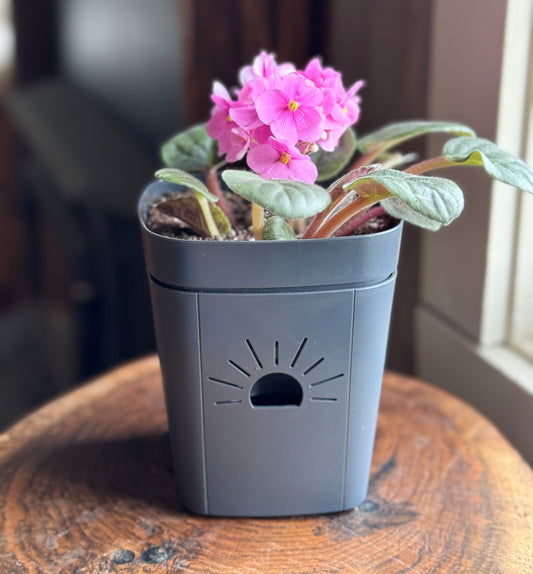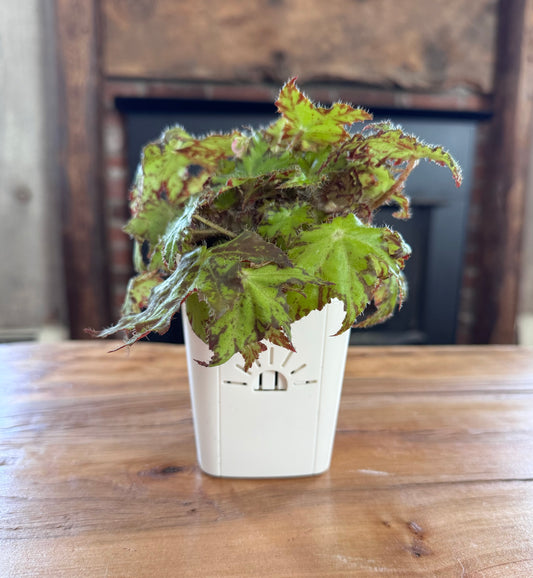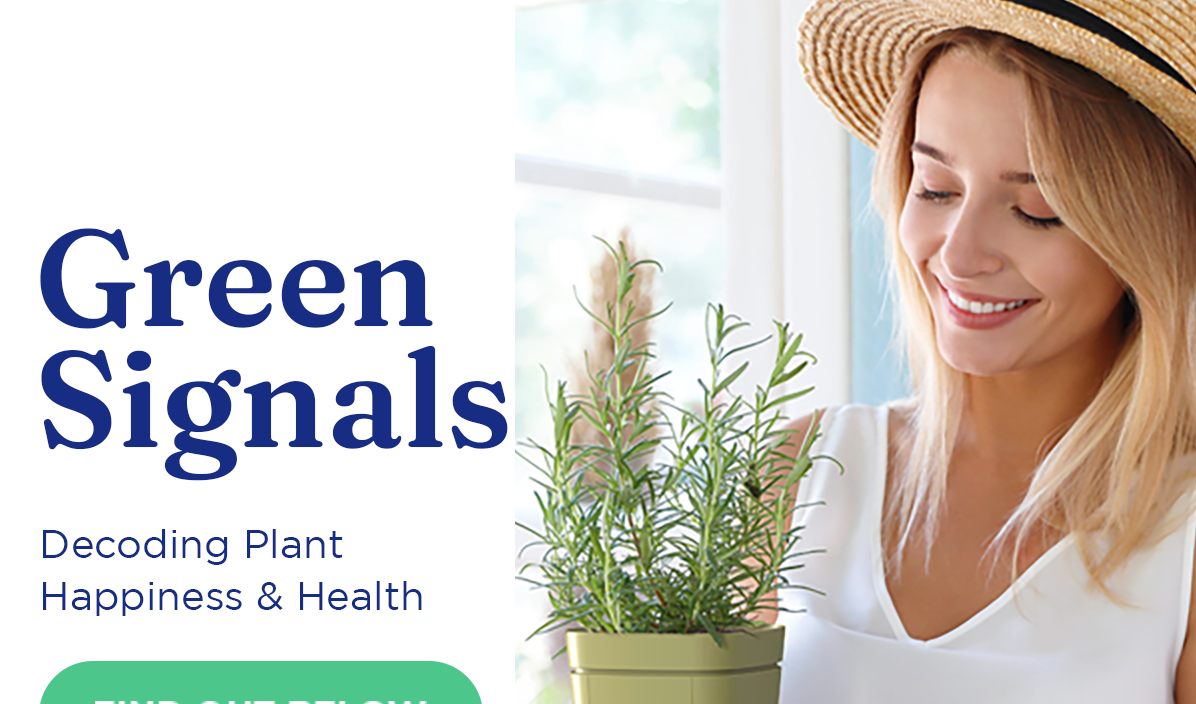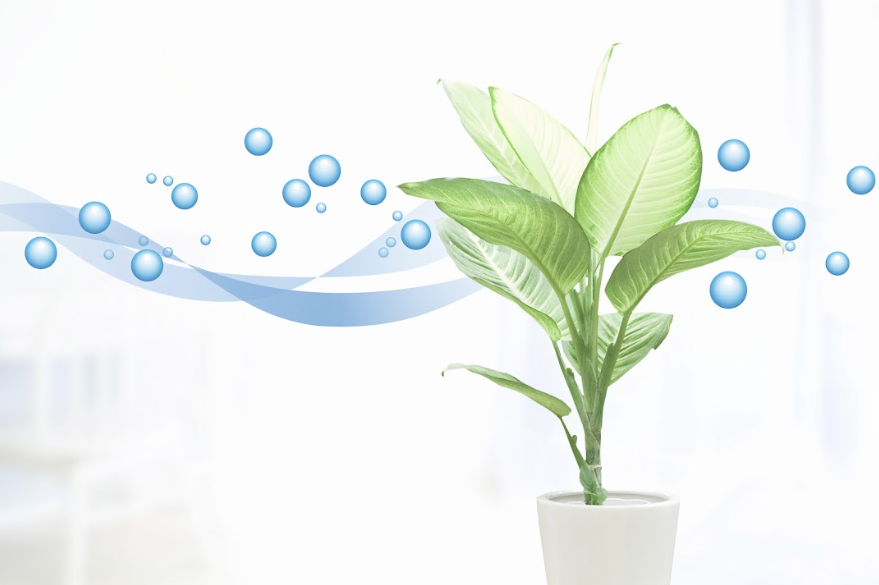Origins
Aglaonema (Chinese Evergreen) is a genus of flowering plants native to tropical and subtropical regions of Asia, New Guinea, and the Philippines. The Aglaonema genus was first described in 1878 by German botanist Heinrich Gustav Reichenbach. It has since become popular with home gardeners due to its ease of care and attractive foliage.
Aglaonema plants are known for their large glossy leaves that come in various shades. They can be grown indoors or outdoors depending on the climate and light requirements for specific varieties. Commonly referred to as “Lucky Plants,” these hardy houseplants have been used for centuries in traditional Chinese medicine as a remedy for respiratory ailments such as asthma.
Light
Requirements
Aglaonemas require low light.
Aglaonema, or Chinese Evergreens, are very adaptable and can do well in a variety of indirect light sources, such as fluorescent light. However, be aware that if exposed to direct sunlight for even a few hours, it can cause the leaves to be bleached and sun-scorched.
The variegated patterns of Aglaonemas can fade away if not exposed to enough light. Conversely, when it is exposed to a lot of indirect sunlight, its colors will become more vivid with pigmentation. If the leaves and stalks are dark shades and deeply pigmented, then they will require less light than the brighter varieties.
Genus Summary
| GENUS | Aglaonema |
| COMMON NAMES | Chinese Evergreen |
| LIGHT | Low |
| WATER SCHEDULE | 14 Days |
| WATER REQUIREMENTS | Keep the soil evenly moist but not soggy. |
| HUMIDITY | High |
| TEMPERATURE | 70-85° F |
| FEEDING | 1x month |
| TOXICITY | Non-toxic to animals and humans. |
| PESTS | Mealybugs, scale, spider mites, aphids |
| DISEASES | Fungal - anthracnose and myrothecium |
| POT | Maximum aeration and drainage |
| SOIL | Well-draining |
| FERTILIZER | Light |
| PROPAGATION | Division |
| PRUNING | Only to remove dead leaves |
| SIZE | 10” to 3’ tall and wide, depending on cultivar |
Water Requirements
Aglaonemas planted in a Naked Root planter can be watered every 14 days.
Aglaonemas should dry out between waterings. Test the soil to determine if it is dry before watering. Underwatering will cause dry leaf tips, yellowing foliage, and stunted growth. Overwatering can lead to root rot, mold, and fungal infections. Alglaonemas are especially prone to root rot, so consider a pot that promotes maximum aeration.
Humidity
Aglaonemas require high humidity.
Aglaonemas are tropical rainforest plants. They love humidity and benefit from humidifiers, warm showers, and occasional misting. It does not tolerate dry, drafty areas well. Keep it away from ductwork, vents, and fans that will dry out the foliage.
Temperature
Aglaonemas are comfortable in the average household temperature. Their ideal temperature is between 70 and 85 degrees Fahrenheit. More importantly, the temperature at night cannot drop more than 10 degrees lower than the daytime temperature, or they get a bit stressed out.
Toxicity
Aglaonemas are mildly toxic.
These plants taste bitter and terrible, so it is unlikely that children or animals will take more than one bite.
People with sensitive skin may want to wear gloves when handling Agleonemas, as the sap can be irritating.
For a list of safe and toxic plants, including Aglaonema, see here.
Pests and Diseases
Aglaonemas are pretty hardy plants, but there are a few pests to watch out for. The most common pests are mealybugs that attach themselves to the leaves and suck the sap. Once in a while, scale insects can show up, and rarely, you will see spider mites or aphids. These pests can all be dealt with using an insecticidal soap and a strong spray of water.
More commonly are fungal diseases due to overly wet soil. The fungi anthracnose and myrothecium will cause discolored leaves, holes, and brown spotting. If not treated, they will grow worse and spread to other plants in the home. Fungicides containing copper and allowing the soil proper aeration is the solution.
Pot
A pot that allows for maximum airflow is best. The ideal pot would have drainage holes, a water reservoir, and ventilation. This type of container will allow your aglaonema to breathe just like it would in its natural home on a tropical forest floor. The second best option is a clay or cement plant pot.
Soil
For aglaonema plants, potting soil with good drainage is necessary to prevent root rot. A peat-based soil with extra perlite is recommended, but you can also blend in a bark-based orchid mix. The soil should be nitrogen-rich and not too tightly packed. A lightly-acidic soil with a pH of 5.6-6.5 is also recommended for aglaonema care.
Fertilizer
It is very easy to give your aglaonema too much fertilizer. Although it needs nitrogen for leaf production and growth, fertilizers used for houseplants have a lot of salt that accumulates in the soil. Use a balanced liquid houseplant fertilizer at half strength once a month during the spring and summer. In the fall, you can reduce the frequency to every few months, but don’t fertilize during the winter.
Propagation
For those looking to propagate an aglaonema plant, dividing is the simplest and most common option for home growers. To begin, examine the mother plant to ensure there are multiple points of growth coming from the soil. Aglaonema can naturally propagate itself via suckers, so you want to make sure there are many healthy plants visible before dividing.
Gently take out your Chinese evergreen plant and its soil from the pot. If the soil is not tightly packed, shake it off with your hands to uncover the roots. If the plants are not intertwined and bound together, you can easily separate your aglaonema with your fingers to replant it. If your plant is rootbound, you must use a clean and sharp knife to cut the root mass into even sections for replanting, making sure that each section has an equal amount of stalks and leaves.
Pruning
Aglaonema Chinese evergreens do not require pruning, although you can do so for aesthetic purposes. Dead leaves can be removed by cutting at the base of the plant using sterile pruners. To encourage bushing, some live growth can be clipped above a node, but it is best to avoid cutting at the base of the plant to prevent damage.
10 Striking Varieties and Cultivars
- Aglaonema Pictum Tricolor has multiple colors of green, like camouflage.
- Aglaonema Chocolate has long upright leaves that are burgundy and dark green.
- Aglaonema Red Valentine has pink and green foliage.
- Aglaonema Silver Bay has silvery and light green leaves with variegation.
- Aglaonema First Diamond has off-white leaves with dark green splotches.
- Aglaonema Prestige has pink leaves with dark pink veins and stems.
- Aglaonema Cutlass has thin strappy leaves that are glossy and marbled.
- Aglaonema Creta has green, yellow, pink, and red variegation.
- Aglaonema Red Anjamani has nearly solid magenta leaves edged in green.
- Aglaonema Super White has nearly solid white leaves with green veins and edges.
Summary of Aglaonema Plant Care
Aglaonema is a low-maintenance houseplant that requires low to medium indirect light. If growing in a Naked Root planter, you can water on a 14-day schedule. Aglaonema requires little fertilizer or pruning. It is a plant that loves humidity but does not like wet roots. There are many colorful cultivars available in a variety of sizes to suit your decor and available space.





 Verified Buyer
Verified Buyer









